Affiliate links on Android Authority may earn us a commission. Learn more.
5 "nostalgia phones" we want to see return
March 10, 2018
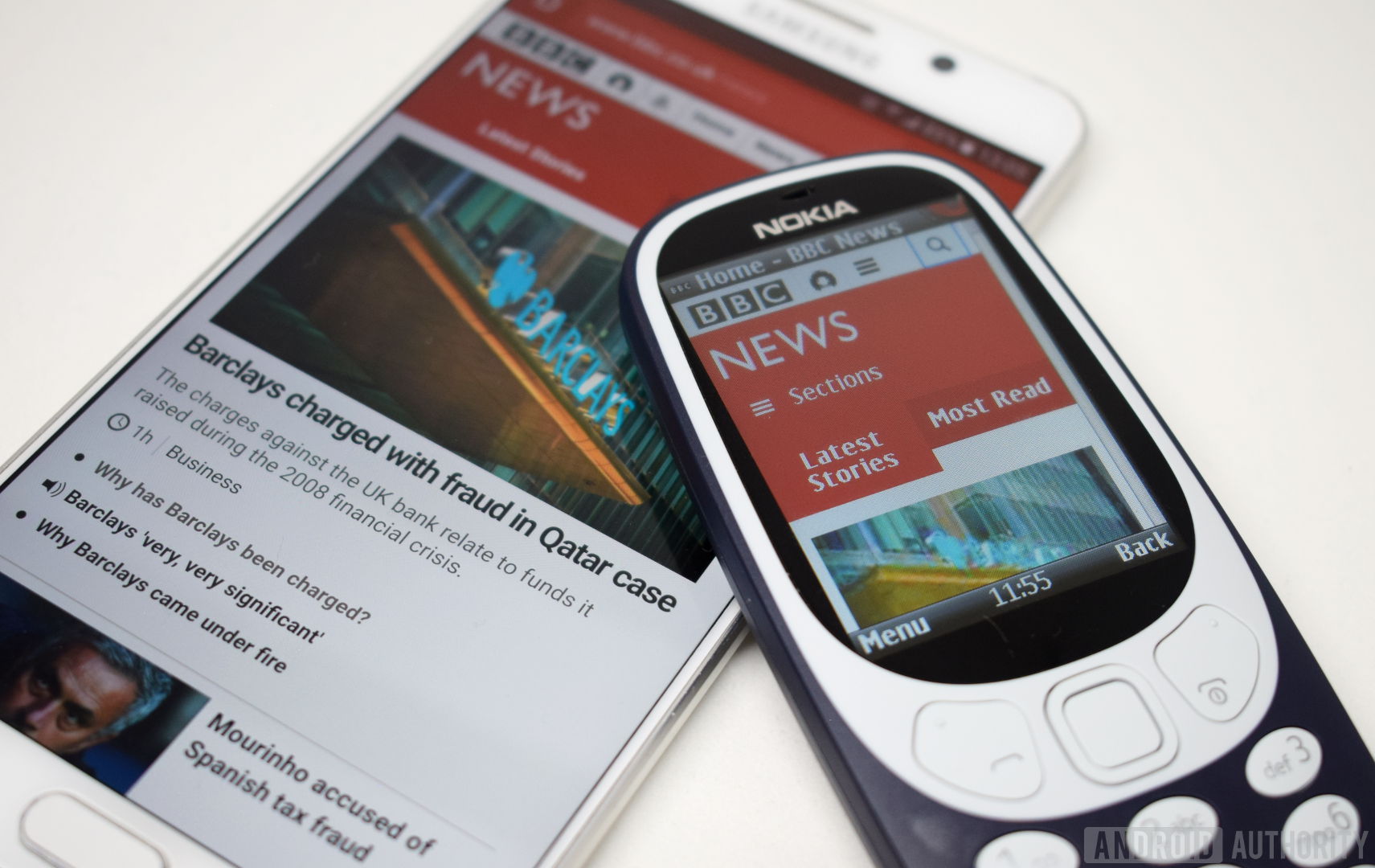
The return of Nokia and BlackBerry over the past year has led a lot of us here at Android Authority to dream of other companies and phones we’d like to see come back. Under the HMD banner, Nokia rereleased the iconic 3310 and 8110 under its Classics banner, while BlackBerry brought the physical keyboard back to Android with the KEYone last year. But there are so many other phones we remember fondly.
For many of us, the phones that came before smartphones hold special places in our hearts. From our first mobile phone to some of the undeniable classics like the Nokia N95, BlackBerry Bold 9000, and Motorola RAZR (which itself might be making a comeback), these were the phones that shaped the smartphones we’ve come to rely upon.
The AA team put our heads together and came up with the phones that make us really nostalgic.
Nirave Gondhia – Sony Xperia X1
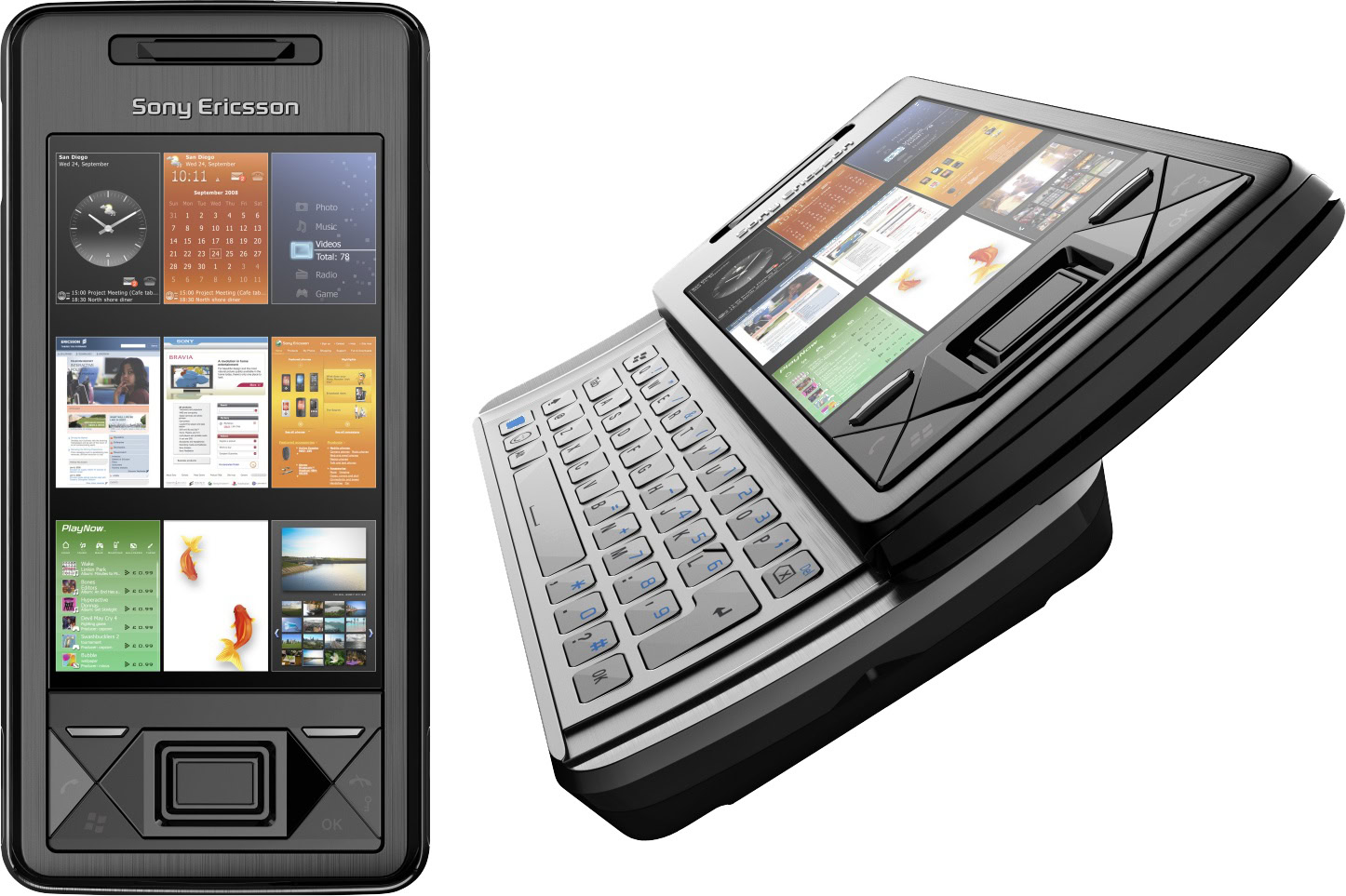
The Sony Xperia X1 was an excellent smartphone and one of the best innovations in Sony’s history. I used it as my primary phone for several months and would have happily continued to if it hadn’t broken.
What made this phone interesting was its very unique form factor. The horizontal slider revealed a full QWERTY keyboard with excellent keys which made typing an absolute joy. In both the Xperia X1 and its successor the X2, the stylus was embedded in the device in a way now synonymous with Samsung’s Galaxy Note range.
The Xperia X1 ran on the now-defunct Windows Mobile OS but it had a lot of developer support, resulting in custom ROMs and new software, long after Sony officially stopped.
From running a hacked version of Android to an entirely different interface, a lot of the Xperia X1 experience could be found in future Android phones. The unique physical keys beneath the display somewhat influenced the design of other devices. Its form factor was used by HTCwith the Desire Z, and its stylus became the main feature of the Galaxy Note experience and a key differentiator after all smartphones adopted larger displays.
I would love to see the horizontal form factor with a stylus return, especially if it's running Android this time.
I’d love to see Sony or someone else brings back the form factor of the Xperia X1. BlackBerry has shown there’s still at least some demand for a physical keyboard. Technology has come a long way in the 10 years since the Xperia X1 was announced and modern processing power, reliability, displays, and battery could fix many of the original’s issues.
Of course, it would take significant investment to bring back such a phone and there’s no guarantee it would be successful. For some companies, trying something different might just be the ticket to success. Give me the Xperia X1 with a thin bezel-less display and a fingerprint sensor in a home button replacing the keys beneath the screen and I’m buying one tomorrow!
Joshua Vergara – Sony Ericsson W850
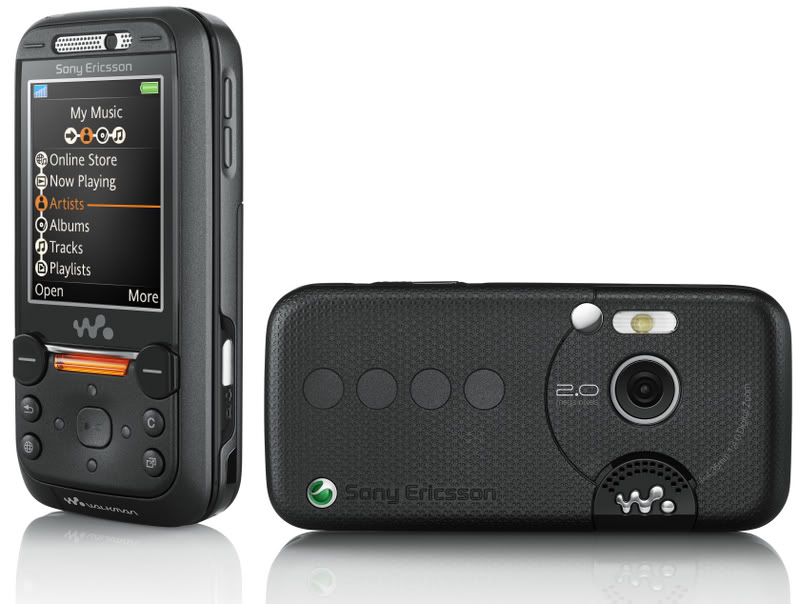
It’s almost a cliche at this point to look back at Sony Ericsson and think about how beautiful its smartphone line was. Two particular lines came out of the feature phones they developed — the Cybershot and Walkman lines. While smartphone photography would eventually become one of the biggest parts of my life, music was definitely far more ubiquitous at the time. Enter the W850. This wasn’t the top of the line Walkman phone, just the one I used. The slider form factor put it alongside a lot of other devices at the time, like the LG Chocolate, which we don’t see much anymore. (Credit to BlackBerry’s Priv, but the slider still hasn’t been perfected for the mainstream smartphone audience yet.)
The orange tint all over the phone was great branding and the main button just under the screen unlocked the fun — the Walkman app was perfect for the era when people actually downloaded music files, and I used the phone so much I wore off a tiny bit of the material. It came with a headphone jack adapter for the multiport that upon reflection foreshadowed our current USB-C dongle lives. No wonder I’m not very phased by the current trend of missing headphone jacks — the Sony Ericsson W850 taught me to deal with it long ago.
Any Walkman-branded products came with a coherent set of accessories and high-quality audio-driven headphones. Users with Walkman phones were easy to spot — they always had earbuds in. All in all, the slider form factor is just one part of a bigger picture. This was a prime example of a phone that knew its identity and wasn’t afraid to stick with it. That’s what we’re missing these days: phones with a specific character.
Kris Carlon – Nokia 8250
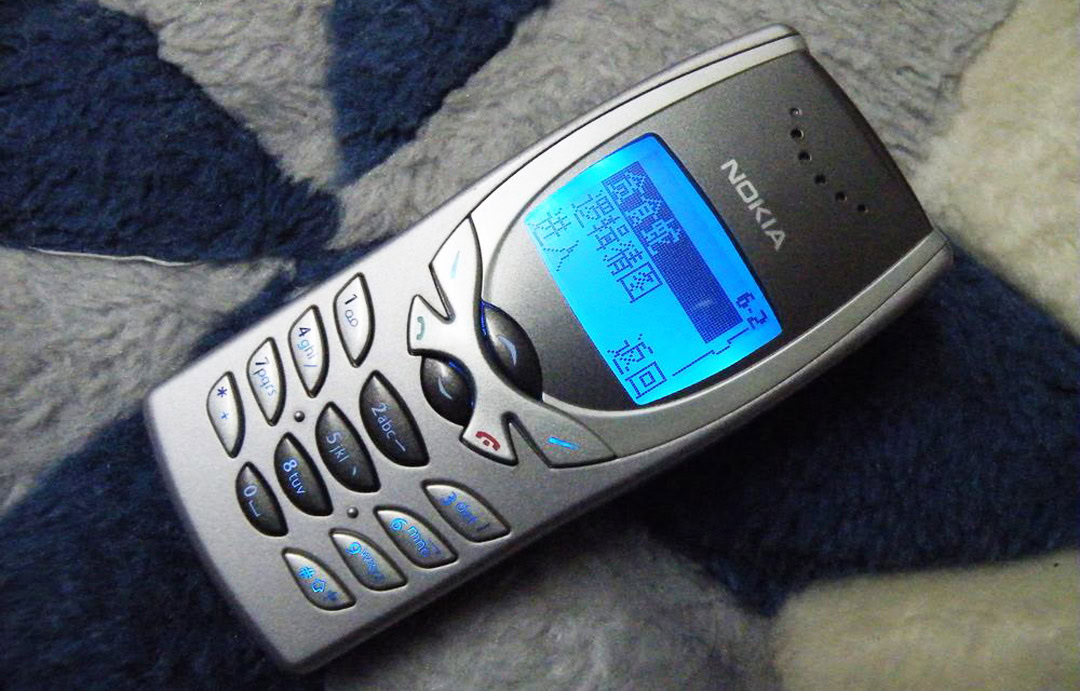
Given HMD’s plan to re-release several classic Nokias of old, I’m well aware the Nokia 8250 — my favorite feature phone ever — may well get a reboot. It was the blue “butterfly phone” that came out in places like Australia not long after the 8210.
Unfortunately for fans like me, at a Nokia design roundtable at MWC, HMD’s designers said it would be impossible to re-release an updated version of the 8210 — which is basically the same size as the 8250 — because it is just too small. But I disagree. Rather than try to recreate the tiny scale of the 8250, I’d be perfectly happy to see a 25 percent larger version that packed in all the smarter features we’ve come to rely on. After all, that 650 mAh battery wouldn’t exactly be able to power a more demanding phone for long. The main thing I want is to see revived is that iconic design.
Like the Nexus Nod, 8250s were Windex-colored lighthouses in a sea of dull monochrome greenness, instantly recognizable and unafraid of being looked at
For its time, the Nokia 8250 was about the most recognizable phone around. Sure, there was the Motorola Razr and the original 8210, but you could spot an 8250 user from a mile away because of that neon blue screen. With 84 x 48 pixel resolution and an eye-searing quality in a darkened cinema, the 8250 was a beacon of icy coolness, a White Walker in your pocket. Like the Nexus Nod, 8250 owners were Windex-colored lighthouses in a sea of dull monochrome greenness — instantly recognizable, clearly as cool as you, and unafraid of being looked at.
In a rebooted 8250 you could have a color screen but still enjoy that same electric blue display as a lock screen, so you’d have something a little less insane when you actually used it. Considering most phones now look more similar than ever before — something reiterated time and again at MWC where notches were the “feature” du jour — anything standing out in a good way is welcome.
David Imel – LG Chocolate
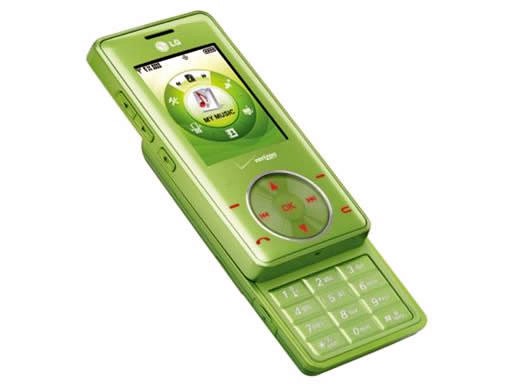
The LG Chocolate was the first feature phone that really got me interested. It was truly a “music-first” device, with the playback controls front and center, sliding up to reveal the keys required to actually call or text someone. I first saw the phone in the bright, lime-green color, and I immediately wanted one.
The thought of being able to carry around my music library on my phone with iPod-like controls was awesome, especially since I didn’t have the money to buy an iPod at the time. The phone had about 62 MB of storage for music, which was separate from the other 62 MB reserved for contacts, texts, and other media. The average file size of an MP3 wasn’t exactly large at the time though, with its 128 kbps sample rate, so this was more music than I thought I would ever need.
I never did end up getting a Chocolate, since the $250 on-contract price was much too high for my parents in 2006 (I was 11 at the time). Instead, I got a generic Motorola device called the Moto W755 that I still loved dearly.
My sister ended up getting its successor, the Chocolate 2, and I took every opportunity I could to mess with it. I held onto my Motorola W755 until 2011 when the HTCThunderbolt came out and became my first smartphone, and I still get nostalgic from the looks and ringtones of that device.
For me, the Chocolate represented a step forward for media in phones. Even though we stream nearly everything now and have apps and touch screens that eliminate the need for dedicated media keys, I appreciate how forward-thinking it was.
Adam Molina – T-Mobile Sidekick 3
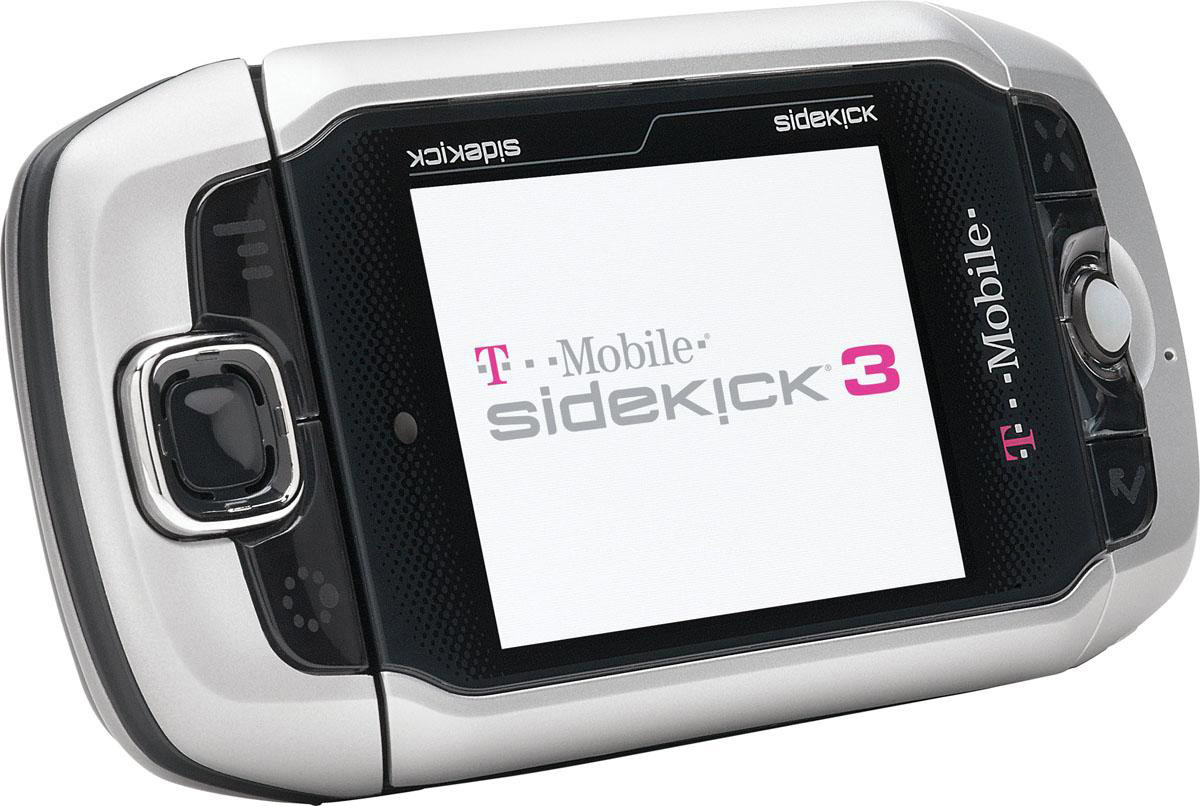
The point of a smartphone nowadays is far more about connecting to the internet than about making phone calls. The first phone to do that for me was the T-Mobile Sidekick 3. The Sidekick was the first phone I ever had with “apps.” The main one I’m talking about of course was AIM.
At that time, AIM was on top of the world. It was the WhatsApp of the late ’90s and early 2000s, and if you didn’t rush home after school to jump online you were missing out on all of the fun stuff.
If you want to bring back the Sidekick then the flippy screen is a must-have
Then there was the retro-futuristic design with the most satisfying physical feature on a phone since hanging up a flip phone. If you want to bring back the Sidekick then the flippy screen is a must-have.
Because it’s 2018, it would be cool to see a company take the design to the next level. I loved the physical keyboard, but after messing around with some of the more recent Blackberry phones I found that a virtual keyboard is way more dynamic and accurate for me. Maybe I’ve just lost my touch, but swiping is amazing. If the Sidekick was to make a return I think a second screen under the first one would be really interesting. A Nintendo 3DS/Sidekick hybrid would be the perfect gadget for my 15-year-old self.
Of course, the Sidekick also had the trackball on the right side, but that was when navigating an interface meant scrolling up and down through a menu which isn’t really necessary anymore. Replace it with a fingerprint scanner/home button and I’m signing up for the pre-order tomorrow.
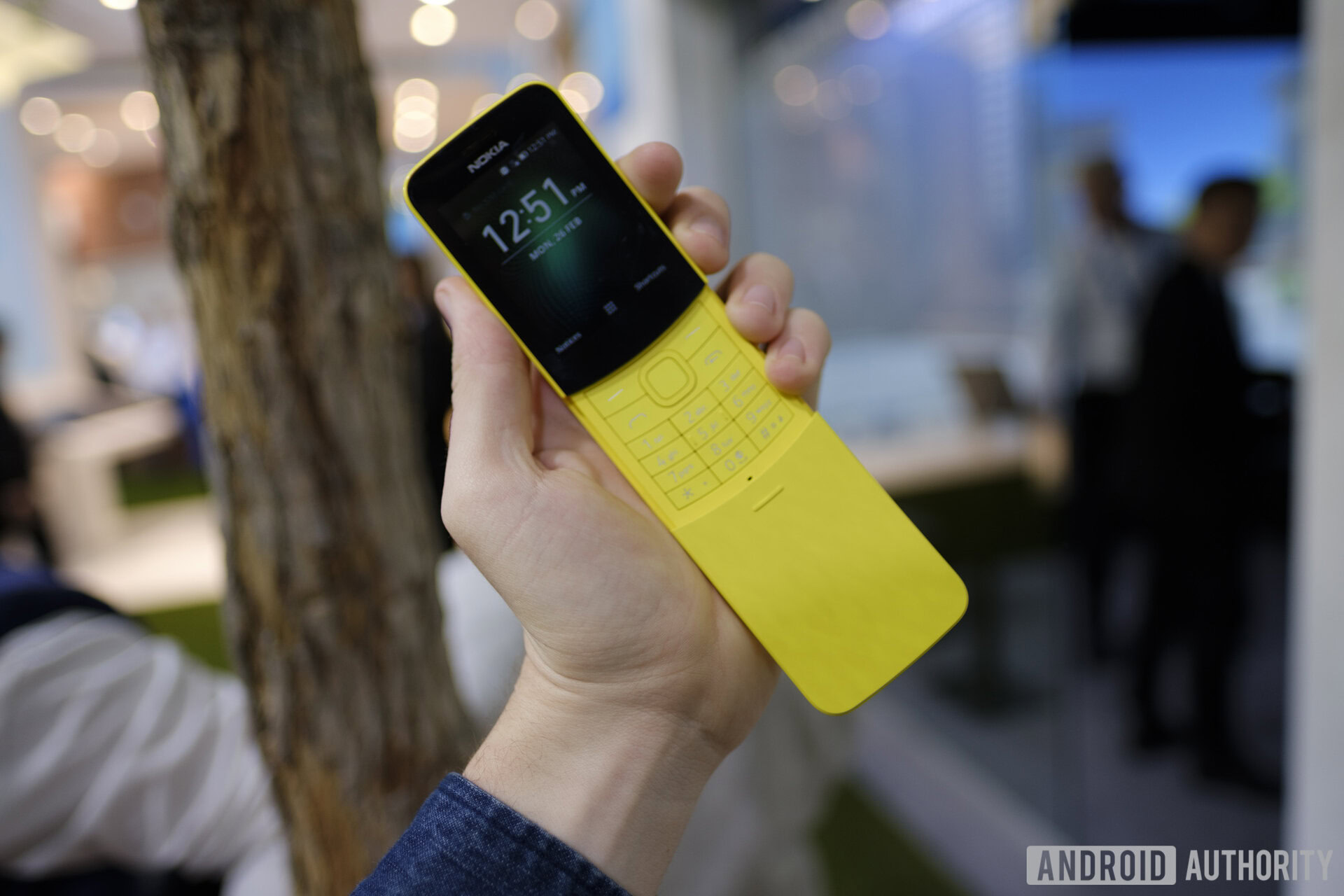
Looking at these devices, one thing is clear: smartphones have become incredibly boring.
Looking at these devices, one thing is clear: smartphones have become incredibly boring. The phones in this list all offered something unique. From the horizontal keyboard of the Xperia X1 to the musical abilities of the W850 and LG Chocolate, to the style of the Nokia 8250 and, of course, the legendary status of the Sidekick, these devices were all unique.
Most smartphones now look alike, do all the same things, and offer fewer and fewer reasons to pick one over the others. Standing out could be the answer for any number of companies facing uncertain times, it’s just a question of whether they’ll blindly follow the leader, or take a risk and be original.
Which of these devices would you like to see brought back? Are you a fan of a horizontal slider? What about dedicated music keys? Which other devices would you bring back? Vote in the poll and remember to comment below!